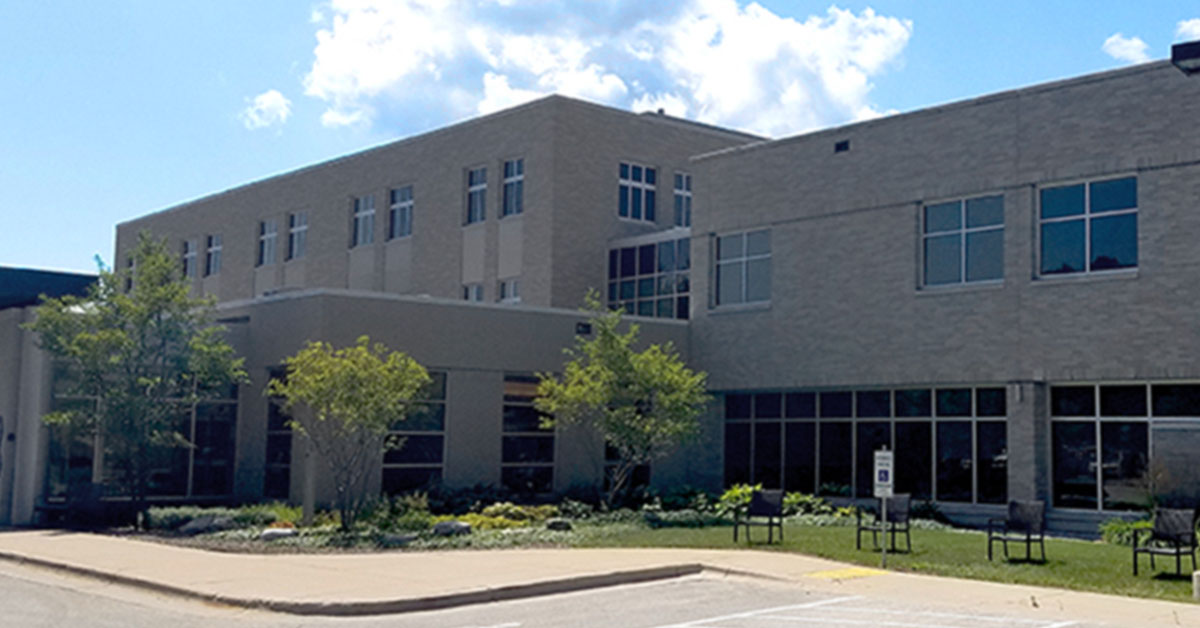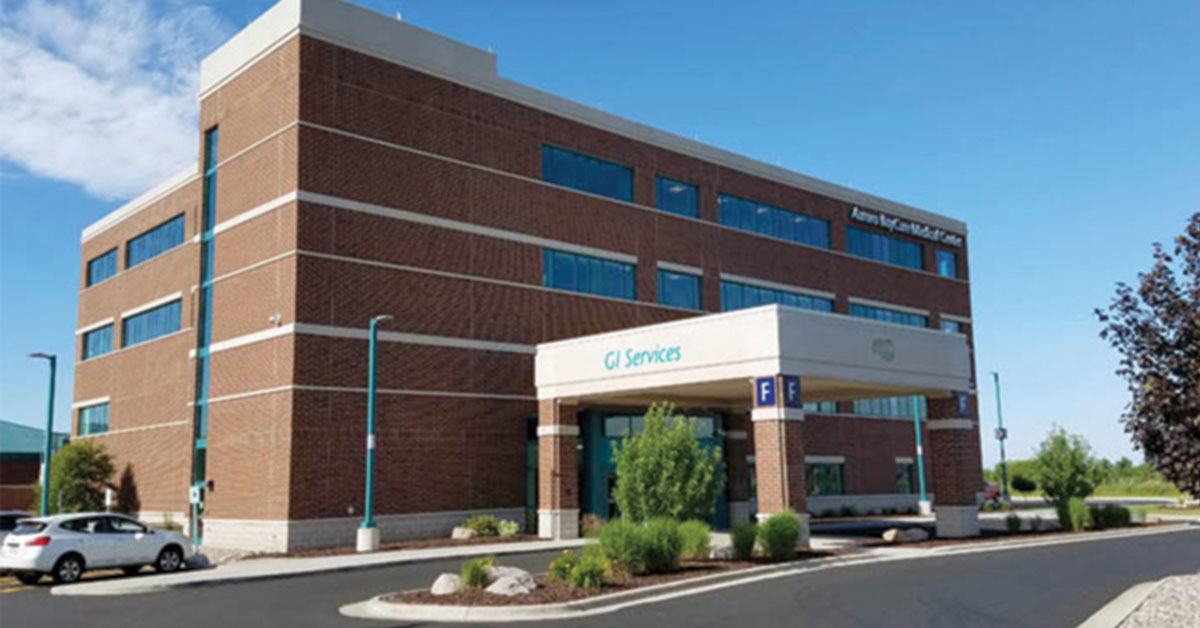Urinary Incontinence
Urology
Aurora BayCare Urological Surgeons offers procedures for men and women seeking to control or end urinary incontinence, which is a loss of bladder control.
What is urinary incontinence?
Urinary incontinence, or UI, becomes more common as people age. Women experience it twice as often as men. Symptoms range from mild leaking to uncontrollable wetting.
The most common kinds of bladder control problems are stress incontinence and urge incontinence. The latter also is known as overactive bladder.
Stress incontinence
Stress incontinence occurs when muscles controlling the bladder are too weak. Accidents may happen while working out or after coughing, sneezing, laughing or doing heavy lifting.
Urge incontinence or overactive bladder
Urge incontinence, or overactive bladder, occurs when muscles controlling the bladder are too active. This may cause a sudden urge to urinate and the person can’t hold the urine long enough to get to a toilet. This also may cause a strong urge to urinate when there is little urine in the bladder.
Overflow incontinence
Overflow incontinence occurs when small amounts of urine leak from a bladder that is always full because of an enlarged prostate, diabetes or a spinal cord injury.
Treatment depends on the type of urinary incontinence and each patient’s needs. It may include surgery, procedures, devices, exercises or medication prescribed by a doctor.
How we treat urinary incontinence
Aurora BayCare Urological Surgeons offers many options for treating urinary incontinence. Some options to treat urinary incontinence include:
Mid-urethral sling procedure
Mid-urethral slings are a surgical procedure to improving bladder control for those with stress incontinence. A sling is placed around the urethra to lift it back into a normal position. This exerts pressure on the urethra to help in the retention of urine. The sling is attached to the abdominal wall, or the belly wall.
Botox injections
Botox® injections help to control urge incontinence, or overactive bladder. Botox helps control bladder spasms, thus easing the urgency and frequency of urination, and easing leakage.
InterStim therapy
InterStim® therapy is used to control urge incontinence, or overactive bladder. InterStim therapy uses a small L-shaped device to send mild electrical pulses to the sacral nerve, which controls muscles and organs that contribute to urinary control. The InterStim device is placed in the lower back parallel to the sacral nerve. Users are given a neurostimulator to control the device.
Male urinary incontinence treatments
Treatments for male urinary incontinence include:
- AdVance male sling procedure, in which a synthetic mesh sling is placed below the urethra, anchored to the pubic bones. It functions as a hammock. This slightly compresses the urethra and lifts it into a new position to help restore bladder control.
- Artificial urinary sphincter. This implanted device consists of a cuff around the urethra, a pump in the scrotum and a balloon in the abdomen. The cuff is usually closed, preventing leakage of urine. When the patient activates the device via the pump in the scrotum, the cuff opens and allows the patient to urinate. Within about a minute, the cuff refills with fluid, providing continence.
Learn more about urinary incontinence
U.S. National Library of Medicine: Incontinence



